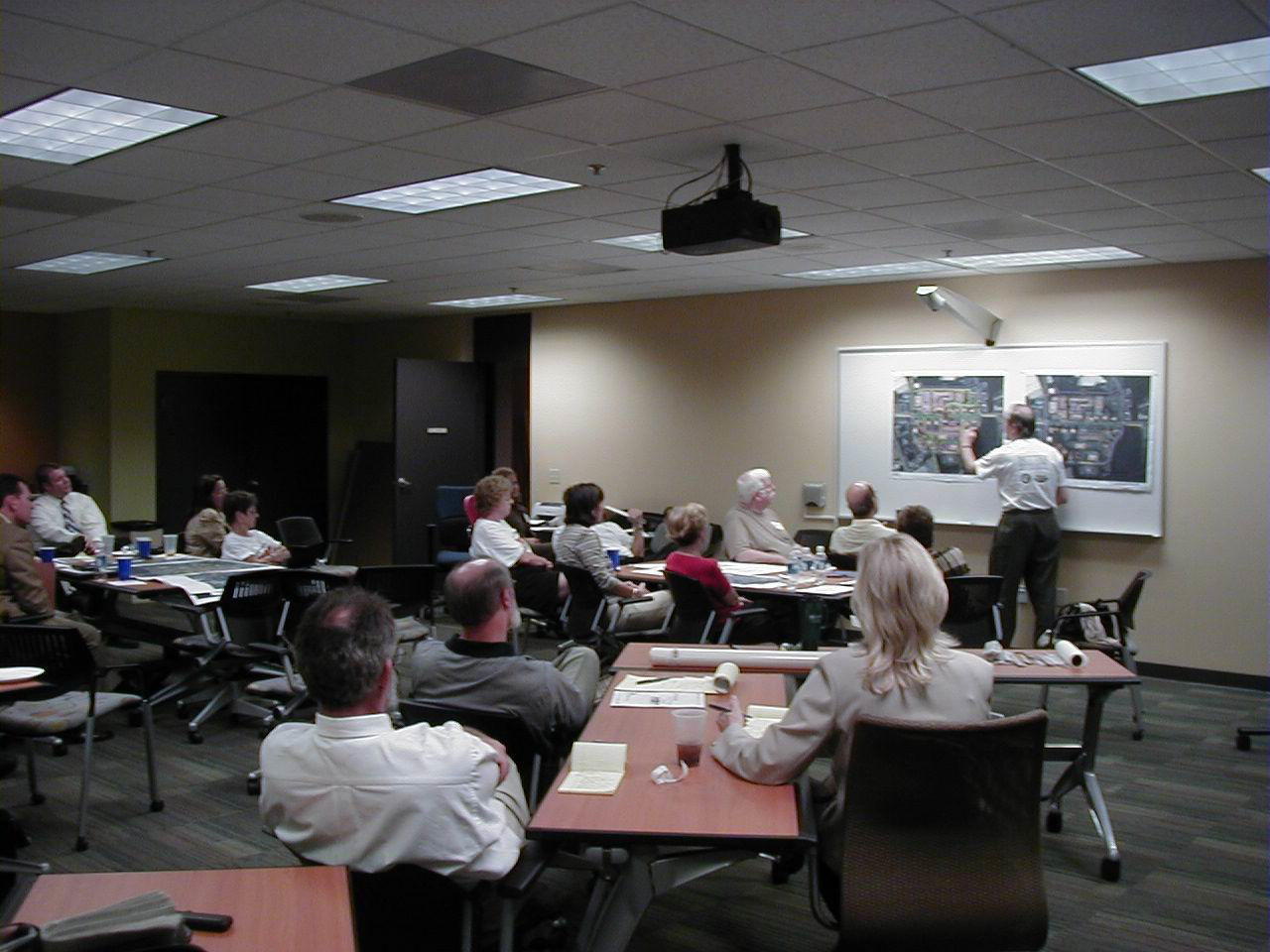
Center for Problem-Oriented Policing
POP Center Tools Using CPTED in Problem Solving Page 6
Engaging Stakeholders in Problem Solving
It has been noted in previous sections that stakeholder involvement is an important aspect of the environmental analysis. "Stakeholders" are individuals, departments, organizations and agencies impacted by the problem; with resources to commit to understanding and solving the problem; who make decisions about funding or other priorities; or that have some interest in the outcome (see box). The array of stakeholders actually included in any problem-solving process will depend on the problem, its location, and the circumstances in which the problem is situated.
Choices about which stakeholders will participate and how they will be engaged in problem-solving will depend upon the complexity of the problem, the size of the impacted area, availability of resources, and the existence of established community organizations.
CPTED Stakeholders
Neighborhood
- homeowners
- non-resident property owners
- tenants
Community association representatives
- from the study neighborhood
- from adjacent neighborhoods
- from adjacent or localities
Business community
- business owners and managers
- employees
- business association representatives
Institutions
- schools (public and private)
- places of worship
- clubs
- cultural facilities (theatre, art gallery, museum)
Nonprofit organizations
- community development corporations
- social services providers
Government
- elected officials
- administration and management
- police
- community/neighborhood planning and, depending on the issue, traffic and transportation, transit, parks and recreation, housing and redevelopment, economic development, etc.
Remember that area residents and employees are familiar with the place and the problem. They frequently recognize crime-environment relationships, and can explain events and anticipate trends that will not be revealed through data analysis. They bring critical information to the process. They also represent critical data collection resources and can serve as the line of communication with the rest of the community.
If the neighborhood has no network of communication among tenants and property owners, homeowners, or local institutions and the clients they serve, the plan may need to include community organizing and programs like Neighborhood Watch.
Owners, residents, visitors and others must be engaged in problem-solving so they understand CPTED, and can make or recommend legitimate design, security and policy choices. Lack of agreement—even outright controversy—can stall progress.
